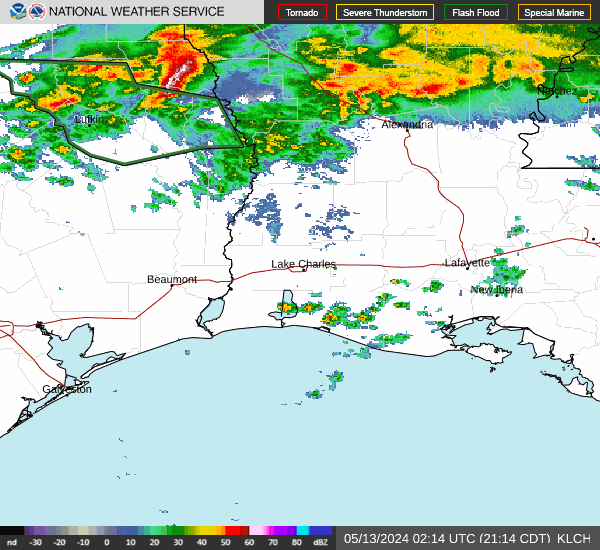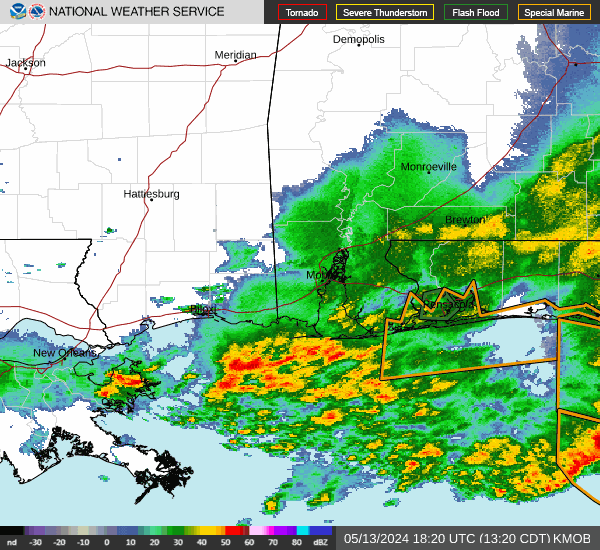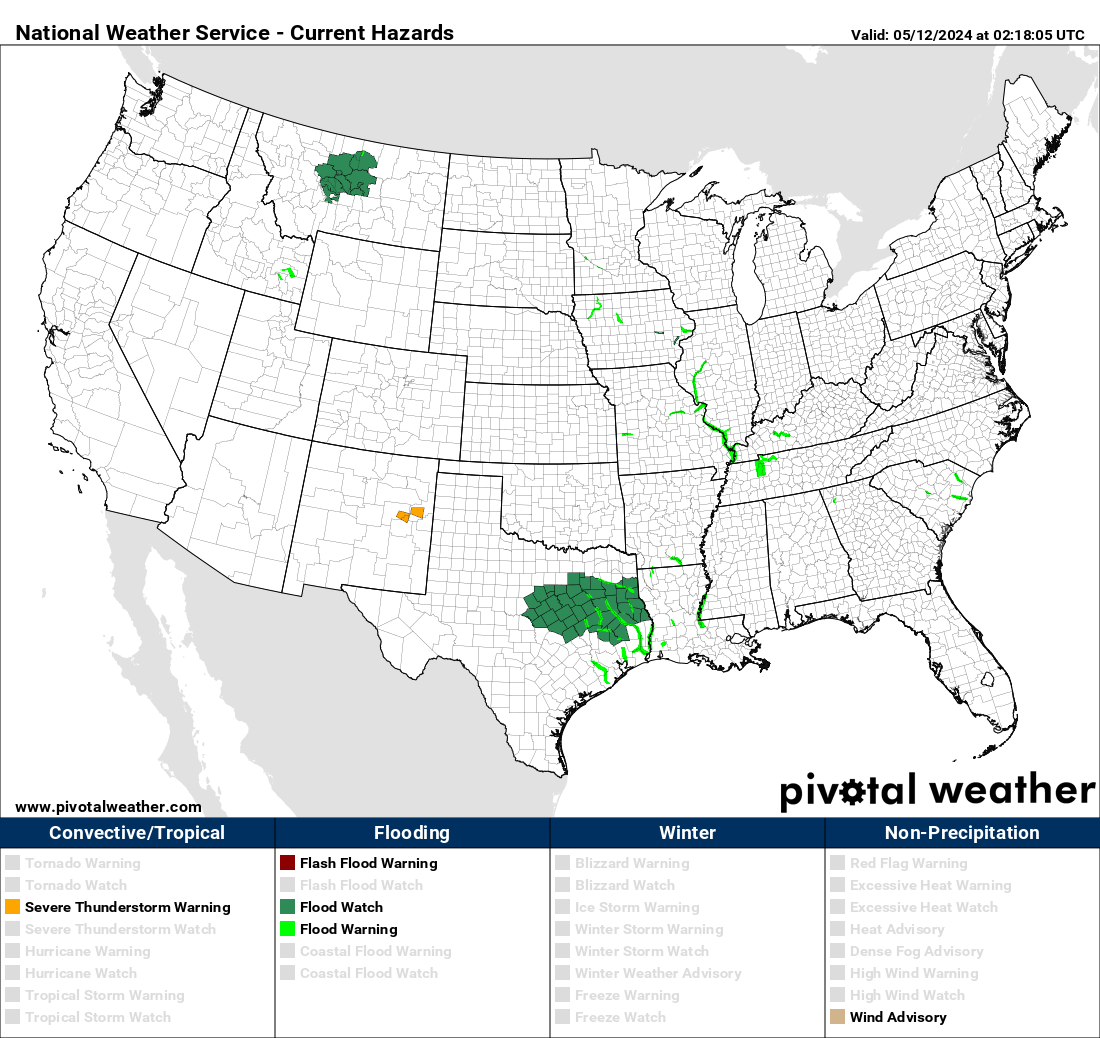Post by riverridgetiger on Jun 17, 2008 8:21:32 GMT -6
Not good...
NOAA: New Orleans at risk from Cat. 2 hurricane
06:29 PM CDT on Monday, June 16, 2008
By Cain Burdeau / The Associated Press
BATON ROUGE -- Despite a massive effort to repair and upgrade flood defenses since Hurricane Katrina, storm surge could pour over levees in New Orleans if a strong Category 2 or higher hurricane strikes the city, the National Oceanic and Atmospheric Administration said Monday.
While the forecast uses what officials say is the most accurate and complete picture yet of the region's levee heights, they said they weren't surprised by findings that reaffirm the area surrounding New Orleans is among the nation's most hurricane-vulnerable. The forecast released Monday represents the first time the yearly storm surge predictions have used levee heights based on global positioning system technology.
WWL-TV
File Photo
A team led by Roy Dokka, the director of the Center for Geoinformatics at Louisiana State University, traveled 1,000 miles of levees, flood walls and other coastal features since Katrina with GPS technology mounted on vehicles to obtain the new measurements.
"They are more correct than they have ever been before," Wilson Shaffer, a hurricane modeling expert with NOAA's National Weather Service, said of the levee-height measurements.
To predict how strong a storm would be to overpower a levee, researchers factor in variables including topography and a storm's wind speeds, size and intensity. The projections on storm surge are used by emergency planners, builders, residents and the Army Corps of Engineers.
The Corps of Engineers is determining how high to build levees under a congressional mandate to complete by 2011 a hurricane protection system capable of handling a storm likely to hit over the next century. A strong Category 2 likely would fall under that definition.
On Monday, the corps was unable to provide a breakdown on how much has been spent so far on work to repel storm surge. Since Katrina, Congress has given the corps about $7.1 billion to work with and it is considering giving the corps $5.7 billion more.
"We have a long way to go," said Randy Cephus, a corps spokesman in New Orleans. "There still remains risk and even once the system is complete, there will always be risk."
Before Katrina hit nearly three years ago, levee heights were woefully out-of-date and in many places far lower than officials thought they were, Dokka said.
But, unfortunately, the new measurements, incorporating post-Katrina levee upgrades, confirm an old story: the region remains at risk.
"In general, the pattern hasn't changed remarkably," said Stephen Baig, a storm surge expert with NOAA's National Hurricane Center. "Somewhere between a Category 2 and Category 3 overtopping occurs."
The NOAA storm surge estimates do not take into consideration possible engineering failures, like the levee breaches that caused most of the misery in New Orleans during Katrina, which was a category 3 upon landfall south of New Orleans.
State officials were not surprised by the latest findings.
"All of coastal Louisiana is vulnerable and will continue to be vulnerable," said Jerome Zeringue, a top levee aide to Gov. Bobby Jindal.
NOAA: New Orleans at risk from Cat. 2 hurricane
06:29 PM CDT on Monday, June 16, 2008
By Cain Burdeau / The Associated Press
BATON ROUGE -- Despite a massive effort to repair and upgrade flood defenses since Hurricane Katrina, storm surge could pour over levees in New Orleans if a strong Category 2 or higher hurricane strikes the city, the National Oceanic and Atmospheric Administration said Monday.
While the forecast uses what officials say is the most accurate and complete picture yet of the region's levee heights, they said they weren't surprised by findings that reaffirm the area surrounding New Orleans is among the nation's most hurricane-vulnerable. The forecast released Monday represents the first time the yearly storm surge predictions have used levee heights based on global positioning system technology.
WWL-TV
File Photo
A team led by Roy Dokka, the director of the Center for Geoinformatics at Louisiana State University, traveled 1,000 miles of levees, flood walls and other coastal features since Katrina with GPS technology mounted on vehicles to obtain the new measurements.
"They are more correct than they have ever been before," Wilson Shaffer, a hurricane modeling expert with NOAA's National Weather Service, said of the levee-height measurements.
To predict how strong a storm would be to overpower a levee, researchers factor in variables including topography and a storm's wind speeds, size and intensity. The projections on storm surge are used by emergency planners, builders, residents and the Army Corps of Engineers.
The Corps of Engineers is determining how high to build levees under a congressional mandate to complete by 2011 a hurricane protection system capable of handling a storm likely to hit over the next century. A strong Category 2 likely would fall under that definition.
On Monday, the corps was unable to provide a breakdown on how much has been spent so far on work to repel storm surge. Since Katrina, Congress has given the corps about $7.1 billion to work with and it is considering giving the corps $5.7 billion more.
"We have a long way to go," said Randy Cephus, a corps spokesman in New Orleans. "There still remains risk and even once the system is complete, there will always be risk."
Before Katrina hit nearly three years ago, levee heights were woefully out-of-date and in many places far lower than officials thought they were, Dokka said.
But, unfortunately, the new measurements, incorporating post-Katrina levee upgrades, confirm an old story: the region remains at risk.
"In general, the pattern hasn't changed remarkably," said Stephen Baig, a storm surge expert with NOAA's National Hurricane Center. "Somewhere between a Category 2 and Category 3 overtopping occurs."
The NOAA storm surge estimates do not take into consideration possible engineering failures, like the levee breaches that caused most of the misery in New Orleans during Katrina, which was a category 3 upon landfall south of New Orleans.
State officials were not surprised by the latest findings.
"All of coastal Louisiana is vulnerable and will continue to be vulnerable," said Jerome Zeringue, a top levee aide to Gov. Bobby Jindal.















